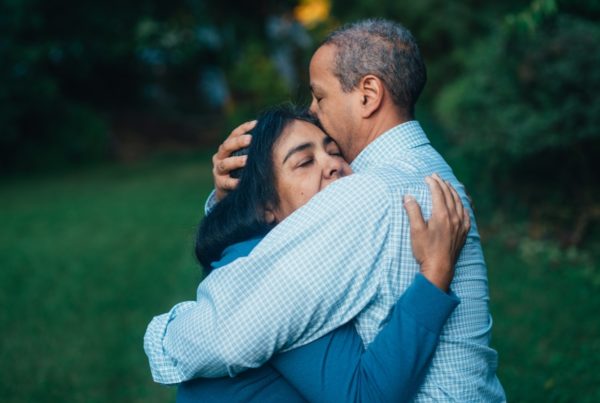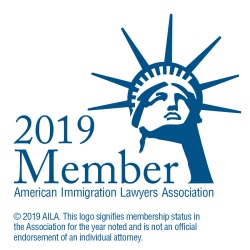Pedro left El Salvador in the late 1990’s, fleeing the violence of the ongoing civil wars in that country. If he had stayed, he would have been forcefully recruited into either the government forces or the guerilla rebels, whichever group got him first, with no regard to his own political opinion.
Pedro traveled through Mexico and entered the United States unlawfully, then worked without authorization, sending money back to his family so that they would not starve.
In 2001, hundreds of thousands of Central Americans in Pedro’s position were granted “temporary protected status,” (TPS) meaning the US government had made a determination to send these refugees back to a place where they faced starvation and death. There had also been hurricanes and earthquakes in that area, which helped with the US government’s decision.
TPS meant that its beneficiaries could now work lawfully. They became construction workers, landscaping professionals, food service workers and other positions that were urgently needed by American employers. Eventually Pedro got a stable job as a Painter. He became a part of the community, purchasing a home and building a family, which now includes a US citizen son. The problem was that, like the other Central Americans, Pedro had to renew his status every 18 months, over and over again, never having certainty that he would not be forced to leave the life he had built.
There was a process through which Pedro’s employer could sponsor him for permanent residence, but even twenty years later, the fact that he had worked unlawfully until 2001 made him ineligible to complete that process.
My firm believed strongly that this barrier would be taken down, and we started the initial steps of the permanent residence process on Pedro’s behalf in 2017. Of course during the previous administration, the barriers did not come down, but instead grew stronger.
But then finally, in July of 2022, the policy changed, and Pedro became eligible for permanent residence. We submitted his application in October, 2022, and he became a permanent resident in January, 2023, almost 25 years after his initial entry to the country.
Pedro’s family now has a stable life, and can look forward to many more years contributing to, and benefitting from, the United States. Pedro will be eligible for US citizenship in January, 2028.





